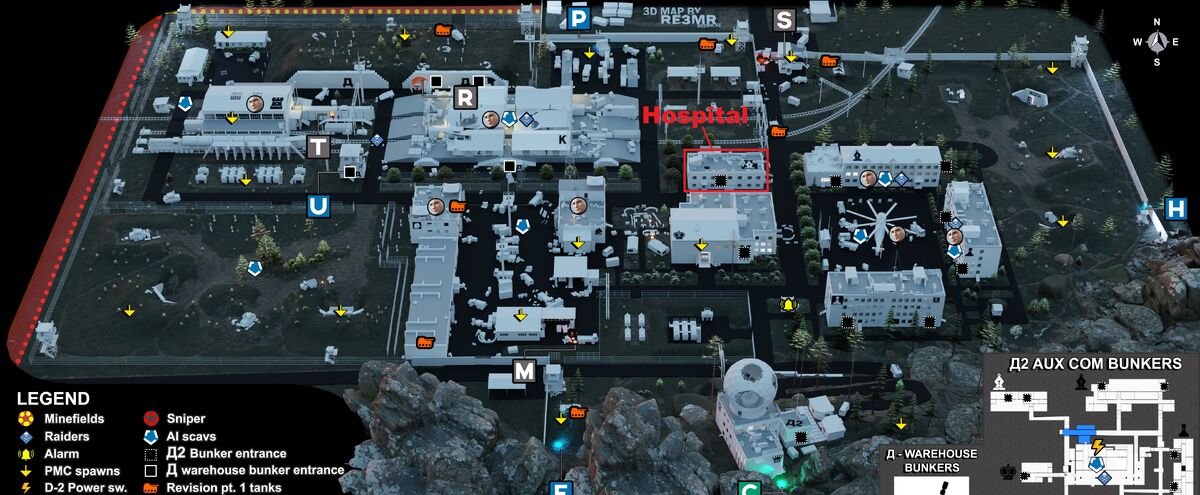Origins and Initial Outbreak
The "Tarkov Disease," often ambiguously termed the "Unknown Illness" or the "Contagion," is widely believed to have originated within the high-security TerraGroup Labs complex. While definitive public records are non-existent due to the subsequent societal collapse and information control, prevailing theories point to an unintentional release of an experimental pathogen, possibly a bioweapon or a novel biological agent under development by TerraGroup.
The initial outbreak was reportedly confined to the Labs, characterized by rapid onset and severe, atypical symptoms among facility personnel. TerraGroup's internal efforts to contain the situation and suppress information failed, leading to the pathogen's escape into the broader Tarkov metropolitan area.

Spread and Quarantine
Once outside the controlled environment of TerraGroup Labs, the disease spread through the civilian population of Tarkov. The exact transmission vectors and infectivity rates were poorly understood during the chaotic early stages, contributing to its rapid proliferation.
- Escalation: The contagion caused widespread illness and mortality, leading to a breakdown of public services and civil order.
- Official Response: Faced with an uncontrollable epidemic, Russian authorities, alongside UNTAR peacekeeping forces, established a strict quarantine around Tarkov. This involved deploying Internal Troops and sealing all entry and exit points, effectively isolating the city and its inhabitants.
- Information Control: Details regarding the specific nature of the disease, its symptoms, and treatment were scarce and heavily managed, fostering an environment of fear and speculation.
Reported Pathological Characteristics
Comprehensive medical data on the Tarkov Disease is largely unavailable. However, based on fragmented reports and survivor testimonies, several characteristics have been anecdotally attributed to it:
- Initial Symptoms: Often described as acute, flu-like symptoms, including high fever, severe respiratory distress, and extreme fatigue.
- Potential Neurological Effects: Some accounts suggested neurological involvement in advanced stages, possibly leading to aggression, disorientation, or seizures, although this is less consistently reported.
- Environmental Persistence: There are concerns that the pathogen or its byproducts may persist in certain contaminated zones within Tarkov, contributing to the overall hazardous environment.
- Long-term Sequelae: The long-term health impacts on survivors remain largely unknown, though chronic conditions are suspected by some.
The historical impact of this disease was a pivotal event, directly precipitating the lockdown of Tarkov, the collapse of local authority, and the ensuing conflict between various factions vying for control and resources within the sealed-off territory. It remains a background element shaping the perilous conditions within the Norvinsk region.










